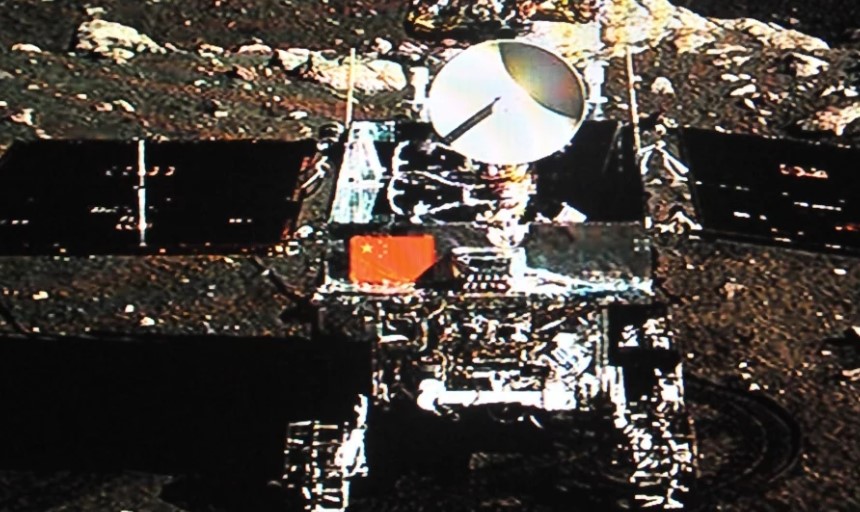
China landed a probe on the far side of the moon on Thursday with remarkably little fanfare, yet the feat is one giant leap for a nation that’s long been regarded as an also-ran in the space race.
With entrepreneur Elon Musk tweeting pictures of starships and Nasa targeting a manned mission to the Mars one day in the distant future, the moon might seem a less exciting destination.
But space experts quickly applauded China’s technical mastery in the probe landing, and said that while short-term opportunities to mine the moon for minerals might be minimal, long-term implications for space exploration were real.
“China thinks in decades,” said Clive Neal, a lunar expert at the University of Notre Dame. “The US thinks in presidential terms.”
Last year, for the first time, China passed the United States in orbital launches, most of them for satellites. With the moon landing, China is now positioned as a contender for exploration, communications and space commerce.
The stated goal for the Chang’e 4 sitting on the far side: collect samples and identify what minerals are there.
Space observers said humanity was more likely to find gold, silver, iridium and platinum on asteroids. That does not rule out a moon-mining endeavour in the far future that could serve as a lunar fuel station to the stars.
The primary material on the moon is helium-3, which for now is too expensive to haul back to Earth. In theory, the non-radioactive isotope could be used as fuel for the next generations of spacecraft to explore deeper into space.
Imagine driving from “NYC to LA without gas stations along the way”, said Peter Diamandis, the entrepreneur who founded the XPrize to encourage private spaceships. “If you can get the fuel from space, it reduces the cost.” for those who would mine asteroids, the moon may be the better option if materials are discovered under the surface. Alex Ellery, of Carleton University, says the moon’s treasures are easier to retrieve because it has gravity and is close to Earth.
The next step is bringing humankind back to the moon. There is debate in the US over whether to do a direct landing as soon as possible, or build a lunar base that takes longer. Nasa’s top administrator has committed to the latter option.
“Some people in the US are saying, ‘We want to get humans back there before China’,” according to David Todd, of space research firm Seradata. “Other people are saying we’ve already run that race, and America needs to be careful of rushing up alleys.”
Todd said he expected there would be a genuine market for space tourism, and that the moon might win out.
“Elon Musk senses there could be government money involved and commercial opportunity,” Todd said. “I can see people going to the moon on a two-week holiday, but not to spend two years on Mars.”
China may be testing its ability for more sophisticated missions, according to Neal of Notre Dame. That poses the question of why China chose its particular landing place, at one of the moon’s oldest and deepest craters.
The answer could be simple, he said. From the far side of the moon, Chinese scientists can see farther into space because Earth’s radio waves can’t get in the way.
